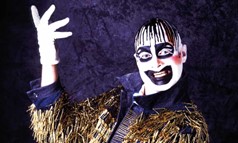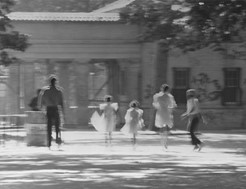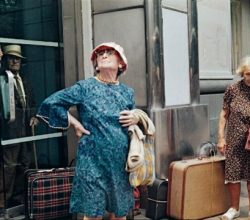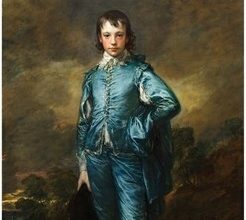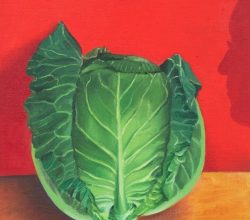
Allison Katz, Artery, review: a zany show that puts the mischief back into painting
Cal Revely-Calder | The Telegraph | 17th January 2022
When a new artist gets their first solo show, critics try to spot the artist’s ‘theme’. Katz, at her first major solo show in London, seems to have everyone stumped. Some of her paintings are full of “trickery” – word puns, visual illusions. Others feature cabbages, cockerels, or open mouths. “There is no grand theme or statement’ concludes the writer, just an artist considering the conventions of painting … and producing work that is “continuous fun”.

